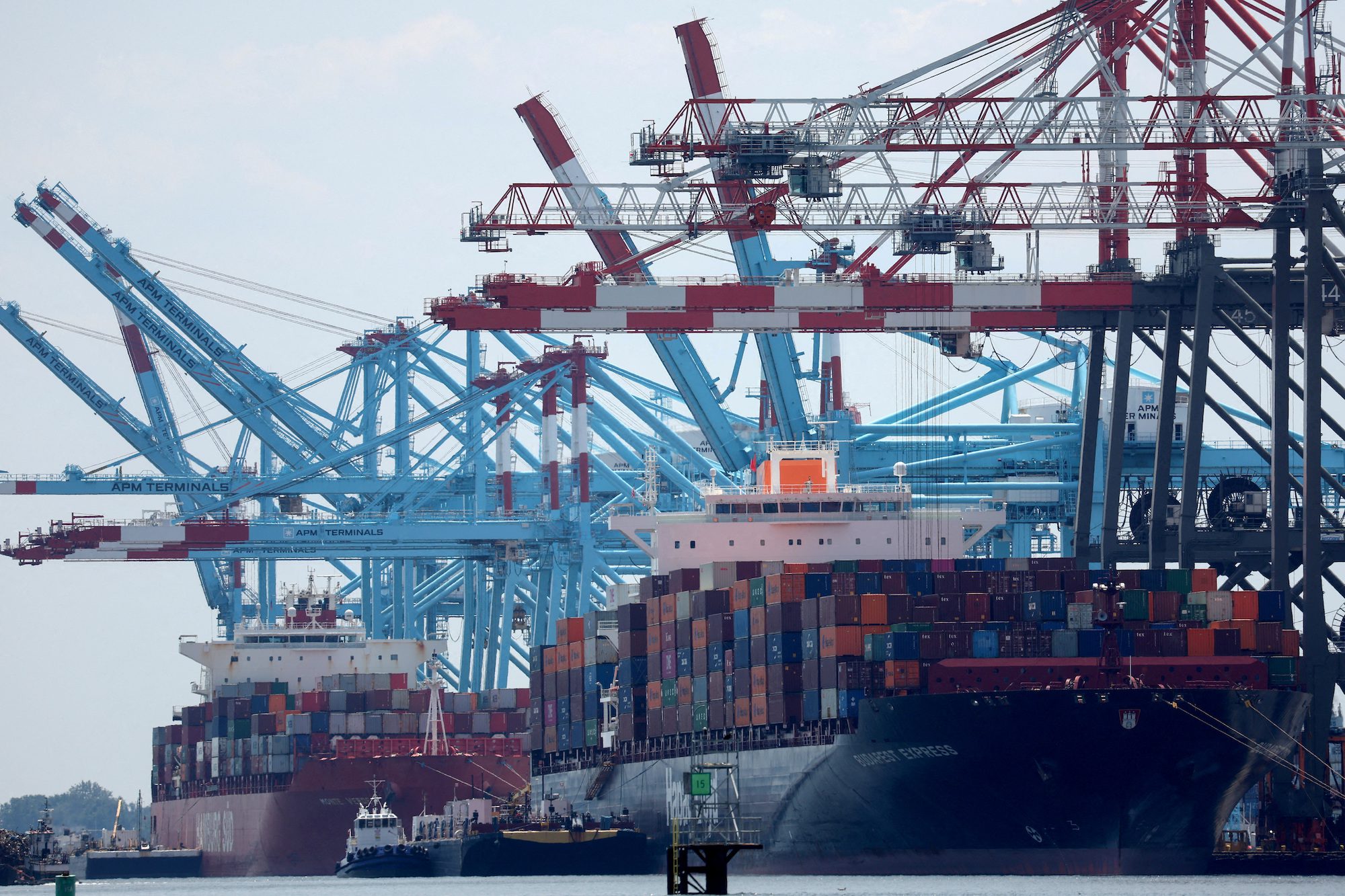By Ira Breskin
Building a resilient and cost-competitive 21st-century supply chain is an arduous but essential requirement that firms must satisfy in order thrive when doing business internationally.
Breakthrough Supply Chains offers a practical and rigorous methodology to accomplish this essential task.
What follows are important steps executives should consider when either drafting a supply chain on a blank page or, more likely, reconfiguring an existing one, according to the book’s four authors.
First, the supply chain must be customer-centric and customer-specific when addressing purchasing, establishing service requirements, and meeting them.
Alignment is the goal. Understanding customer priorities and budget limitations will maximize supply chain design, hence utility, customer satisfaction, and profitability.
Book: Breakthrough Supply Chains: How Companies and Nations Can Thrive and Prosper in an Uncertain World, by Christopher Gopal , Gene Tyndall, Wolfgang Partsch, Eleftherios Iakovou
For example, does providing supply chain assurance, hence redundancy, rate as highly as meeting ESG (Environmental, Social, and Governance) performance and compliance metrics?
“The profitable and supply-assured customer experience is fast becoming the primary driver of supply chain design and operations,” the authors write.
Second, dynamic supply chains offer the best opportunity to assess risk and mitigate it. The challenge is to recognize that supply chains are both demand-driven and supply (availability)-based.
Supply chains must accommodate these two “masters” while operating in a continuum.
Moreover, multifaceted transportation-related risks must be addressed. The product must be cost-effectively shipped (using many different modes), assigned to a warehouse, with inventory planned for and stocked in different locations.
Ocean shipping risks include schedule disruptions, lead time increases, and capacity shortages.
Also, final last-mile delivery must be arranged, and reverse logistics, planning for product returns and ultimate recycling/disposal, should be considered.
Logically, designers must acknowledge that supply chains operate in an increasingly VUCA (Volatile, Uncertain, Complex, and Ambiguous) environment.
That means they must consider a series of trade-offs based on projected outcomes and costs, according to the book’s authors. Optionality/flexibility is increasingly becoming more important than optimality, the authors say.
That, in turn, requires making fact-based decisions after studying an extended, end-to-end supply chain. Designers must analyze accurate, applicable, high-quality, and timely operating data that measure logistical performance throughout a product’s lifecycle, from design to disposal.
Data is the currency of supply chain and national security, according to the book’s authors. Relying on intuition and industry rule-of-thumb approximations compromises the supply chain design.
Rigorous data analysis requires cross-referencing at least two data points as part of a systems-level approach. An example: measuring ROI (Return On Investment) over the applicable timeline.
Consistently losing money to meet arduous customer delivery requirements is unsustainable.
Finally, supply chains are international, cross-border, and country-specific, not global. Therefore, designers and practitioners should adopt a micro, case-specific view, rather than a global one.
Essentially, supply chain professionals must consider local factors ranging from government policies and incentives to the variability of natural disasters, the authors write.
Stated simply, rigorously analyzing customer-specific supply chain performance data is essential.
Ira Breskin is a senior lecturer at State University of New York Maritime College in the Bronx, NY and author of The Business of Shipping (9th edition, 2018), a primer that explains shipping economics, operations and regulations.

 Join The Club
Join The Club












